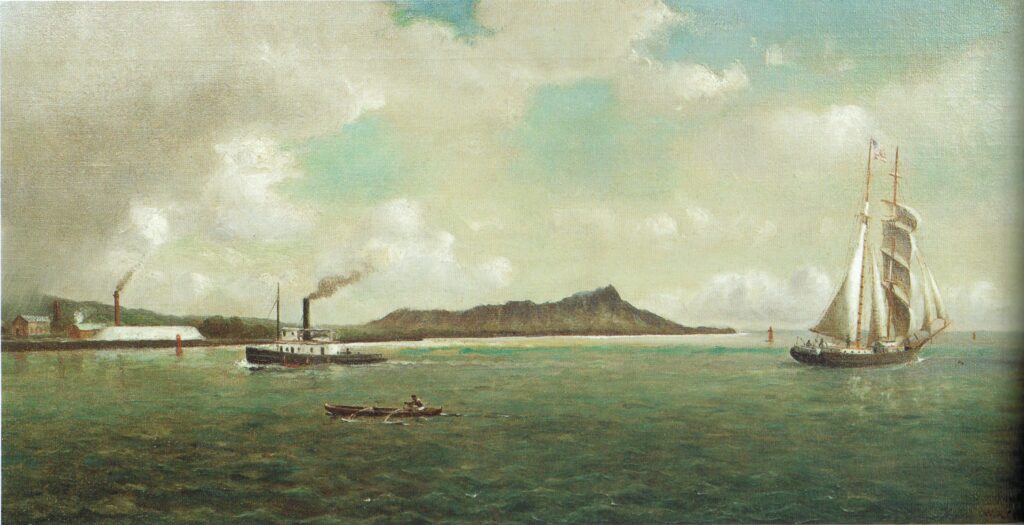Traditions …
No, not Black Friday – I avoid that.
OK, it is now legal to talk about Christmas.
Why do so many people seem to try to start waaay before so many holidays? Let’s enjoy each and not rush into them.
In addition, while we should be thankful – and thinking of others and sharing experiences with others all the time – for some reason, only during this time of year is when these tend to happen.
He’s baaaack …
Since 1985, I have worn my reindeer pin every day, starting on the day after Thanksgiving through Christmas Day. (Yes, that is over 35-years of this tradition.)
No, it’s not Rudolph (look closely, there is no red nose).
I tend to be shy and sometimes don’t express my enthusiasm outwardly, so I picked out my reindeer pin at Bell Book and Candle in Kona to help show my love for the Christmas season.
I also only wear Reyn Spooner Christmas Shirts from now ‘til Christmas (my Reyn’s Christmas Shirt collection goes back to the beginning … 1983 (the first year)).
Of course, some folks may think it’s dorky for some old guy to be wearing a cartoonish reindeer brooch on his chest.
I am sorry they don’t enjoy the Christmas season like I do; hopefully, they’ll lighten up.
Anyway, today, the pin, again, made its annual debut.
I Love This Time of Year!
Merry Christmas!




















































